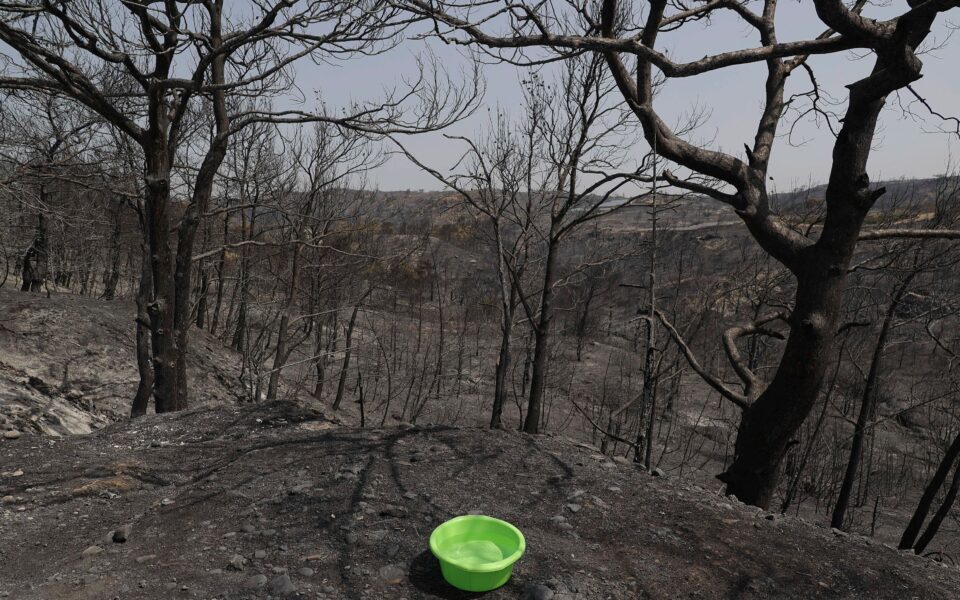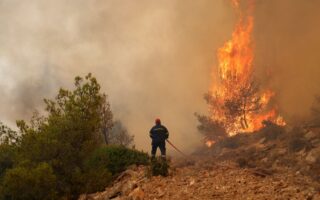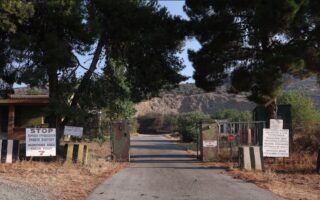Race against time to heal Rhodes
Experts stress the need to start flood protection and restoration of burnt areas immediately

Despite some efforts to downplay the Rhodes wildfire disaster, the 20,66 hectares of forest and farmland that burned have left an indelible mark on the island.
According to experts, flood prevention projects must be implemented right away, utilizing the lessons from the island’s big 2008 fire as a guide. Both the places that have burned twice in recent years and the Dama dama, a protected species of deer, require special attention.
The final data from the European Forest Fire Information System (EFFIS) shows that of the 20,661 hectares, 2,196.5 hectares are located in protected areas (Natura sites and wildlife refuges).
Overall, 49.5% of the burnt areas are pine forests, 37.7% are scrub forests, 9.5% are agricultural areas and the rest are of other cover.
Since the previously declared reforested areas and the scattered agricultural land in the area will need to be excluded, declaring the reforested areas will therefore be a particularly challenging undertaking. Experienced officials of the Dodecanese Forestry Directorate estimate that several autopsies will also be needed, as the Copernicus satellite data are not always as accurate as desired. “If the declaration of reforestation in the previous, very small Rhodes fire was about 30 pages [due to the coordinates], in this one it should be… the complete works of [author Alexandros] Papadiamantis,” an official said.
Bearing all this in mind, experts insist interventions cannot wait.
“When the disaster is of such magnitude, restoration is a complex matter as it involves not only the environment but also human activities such as agriculture – although in recent years agricultural production in Rhodes has been significantly reduced,” said Giorgos Karetsos, who recently retired after a long tenure (in recent years as director) at the Institute of Mediterranean Forest Ecosystems.
“The first priority should be the execution of flood control works, with the areas where critical infrastructure is located first.
After a fire, a hydrophobic layer of ash is created, which prevents water from being absorbed by the ground and facilitates flooding. Ideally, if soft rains come first, this layer is ‘broken’ – but without vegeta-
tion the water moves faster,” he added, stressing that flood defenses must be finished quickly.
On a second level, he noted that special care must be taken for areas that have been burnt in the recent past. “Generally in forests you let nature do its work and protect these areas from grazing, especially by goats,” Karetsos said.





